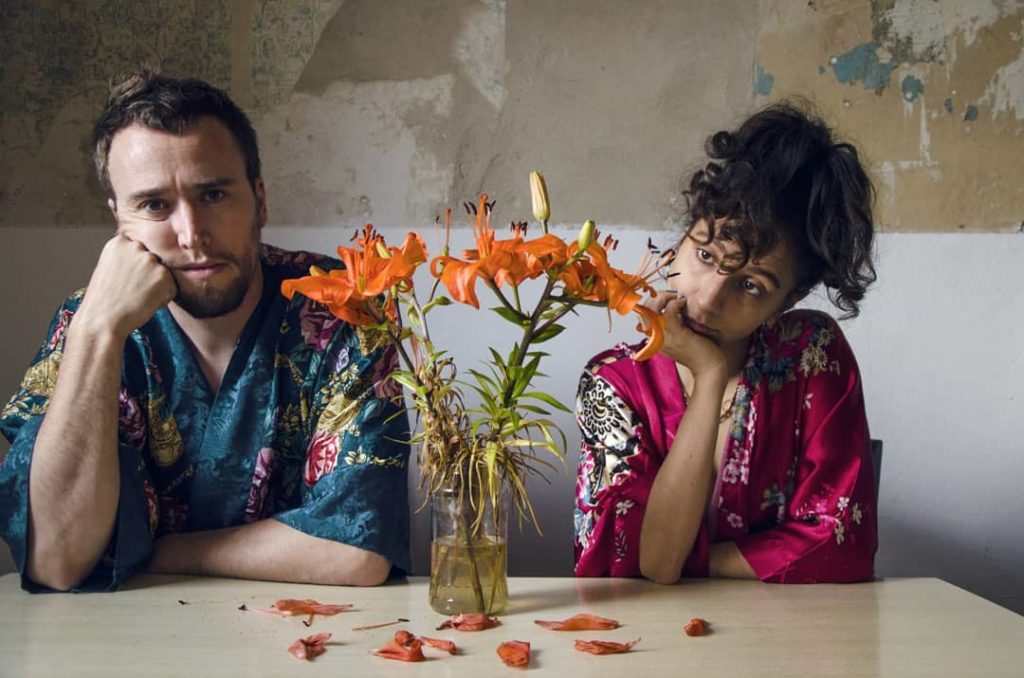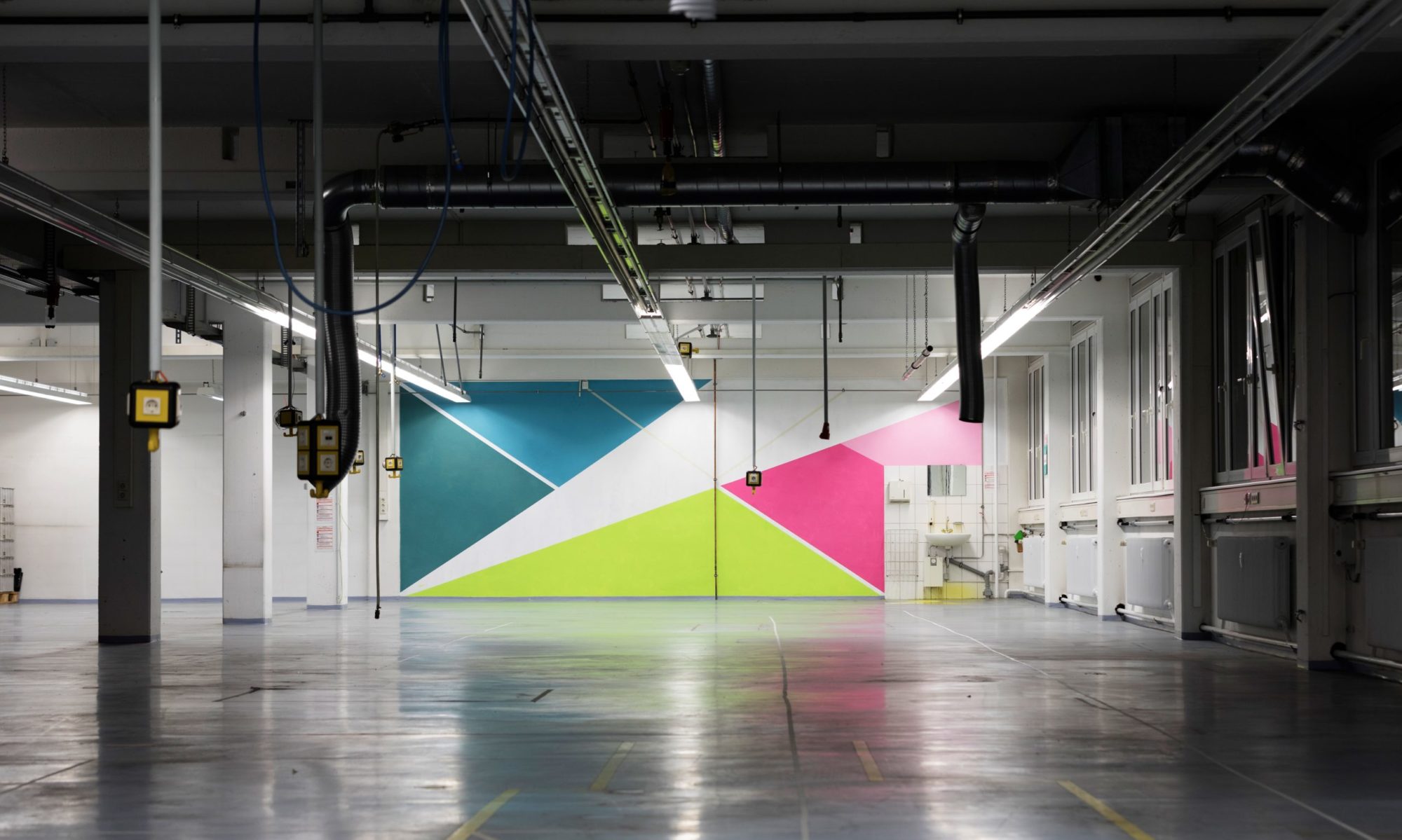The wealth and variety of these pictures, their colorful chromaticity, the bustle of most diverse forms and structures – all this might conceal that we are presented with a very smart, considerate kind of painting. The impulsiveness, even chaos, that almost attacks the beholder at first sight is, on a second view, steered in well organized structures; again and again the splittered field is organized by superordinate large forms. This principle of organization is most visible in constructivist-minimanlist shapes to be found all over the canvas; some of the recent large formats are built upon diagonals as a basic structure.

Forster Herchenbach reaches into the horn of plenty of modern art, filled to bursting, he grabs whatever he needs and arranges everything in a large collage. We find traces of Kandinsky, Klee and Picasso, discover pop art’s comic-like shapes; Mondrian’s Broadway Boogie-Woogie crosses our mind just as well as jazz-inspired paintings from the 1930s and 1940s by the American Stuart Davis, amplifyed with a dash Jackson Pollock. An extensive series of smaller works is based on diversity, it rejects completely the principle of stylistic unity.
John Cage is a major influence, his musicality as well as his “composed” void and silence, making everyday sounds heard. In a similar way Forster Herchenbach’s canvases are empty panels, mirroring – the city of Berlin. Here we find the hustle and bustle, the varieties, contradictions, the makeshift and tentative character, the rhythm and optimism of a metropolis that underwent a radical change: from a walled-in city to the hip center of a new youth movement.
And Forster Herchenbach, grown up in the placid Black Forest (yet confronted since his early youth with the avantgarde collection Grässlin) – Forster is in the thick of things. He works as a bartender in a hip club; as a drummer he has already launched three bands (Cage, too, founded a percussionist group), and he is among the organizers of the art festivel “48 hours Neukölln”, a forum for all the artistic and human richness of this trendy district. That bustles with energy, follows the pulse and dynamics of life. Herchenbach’s paintings are the essence of this scenery – recorded with the necessary distance of the keen observer.
In his paintings, the artist says without ruffle or excitement, each form has its own validity. Chance and planning, chaos and order, intuition and structure: here these contradictions are reconciled in a new, vigorous unity.
Text: Ernst Busche
